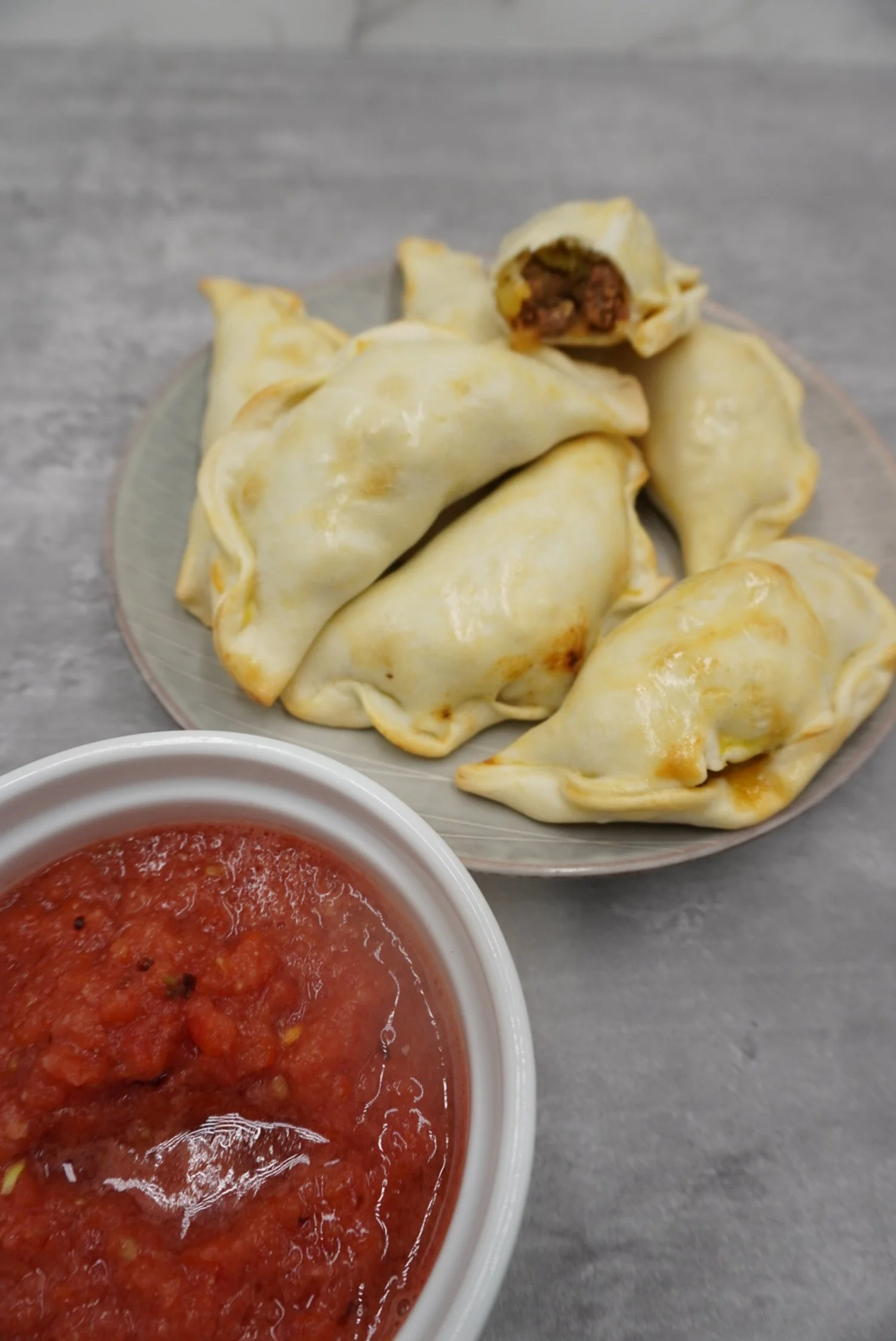This Food in History #11 Fettuccine Alfredo
Hello and welcome to another episode of This Food in History!! Today we are talking about a simple history that I see people argue about in many comment sections. Fettuccine Alfredo. Is this Italian or America pretending to be Italian?
The answer is yes.
Yup, it’s yes.
You can’t say yes to an or?
Well, it’s yes.
Let’s dig into how we got here. Fettuccine alfredo actually is a different dish between the two countries but the popular dish is still thanks to the same family.
Alfredo Di Lelio is the man we can thank for both versions of these dishes. Born in Rome in 1883, Di Lelio received a background in food as his family owned the restaurant Piazza Rosa where he worked for his mother Angelina. The restaurant closed in 1910 and the area turned into a shopping arcade called Galleria Sordi. By 1914, Di Lelio would open Alfredo on via della Scrofa in Central Rome.
In the four years between these restaurants Di Lelio’s wife, Ines, got pregnant with their first son Armando. People report this part of the story differently but either a bit before or after giving birth, Ines was having a hard time eating. Alfredo wanted to give her something that would nourish and help her get back on her feet. This is when he put together a new variation of an ancient dish. Alfredo used fresh fettuccine, rich butter(burro) and fresh parmesan (parmigiano) cheese (formaggio) for a dish his wife could not only eat but advised he add to his menu at Alfredo’s.
The interesting thing is this dish is a variation on an older Roman pasta dish maccaroni romaneschi, (tagliatelle) from the 15th century. Maestro Martino da Como wrote his "Libro de Arte Coquinaria", considered a cornerstone of Italy’s culinary literature that marks the passage from Medieval cookery to Renaissance cuisine.
“Take beautiful flour and knead it to form a dough that is fattier than the one needed for lasagne, and wrap it around a staff. Release the wrapped dough and cut it in strips one fingertip wide, thus obtaining long stringy strips” – these are added with aged cheese and butter. The use of butter was common in southern Italy at the time with wealthier families who wished to stand out from the less affluent who used locally produced olive oil instead. Tagliatelle with butter and Parmigiano are therefore to be considered Italian, and specifically Roman”
This fettuccine alfredo would remain on the menu though the tourist business would be affected by World War I. Prohibition in America helped bring them back during the roaring twenties when upper class Americans came to Italy for booze and wine. Hollywood stars Doglas Fairbanks and Mary Pickfod came to Alfredo’s while on their honeymoon in 1920. They found his fettuccine dish irresistible and returned many times for it as well as bragged about it back home in CAlifornia. They even presented Alfredo with a gold plated spoon and fork inscribed “To Alfredo the King of the noodles July 1927” (Rumor has it these were melted down for Mussolini’s war efforts but there are various places today claiming to have the authentic versions) Alfredo had a special touch with his dish including how his philosophy was that it was to be eaten only warm as an old saying goes “friends and food must be warm.” To accomplish this he would mix it right at the table so diners could immediately begin eating instead of waiting for it to be brought out.
The attention Alfredo’s dish was getting ended up in the international press and soon it appeared in a cookbook in the United States The Rector Cook Book by George Rector. (Who started the rumor about the golden utensils)
World War II however was not kind to Rome’s restaurants and until 1944 during liberation by the US 5th army, they were closed. Within two years Alfredo was sold to two of the waiters and it is still open to this day. Armando was gifted a new restaurant called Il Vero Alfredo (The true Alfredo’s) in Piazza Augusto Imperatore and also remains to this day managed by Alfredo’s grandson Alfredo III with his sister Ines.
So with all of that, how do we get to the American version of Fettucine Alfredo that is filled with creams and multiple cheeses, parsley and pepper? The states have heard about this popular dish with the Hollywood crowd and they want to make their own. But they don’t have access to the rich butters and parmigiano-reggiano cheese until well after WWII. They can’t make it as rich as it is in Italy. The solution was to find a way to boost that taste which is how heavy cream and flour started to be added to the dish. Chefs then wanting to make it more elaborate, started adding parsley. (This is how I learned of an Italian saying: Parsley is like children. It gets into everything)
Alfredo eventually goes on to open restaurants in America including one in 1977 with a partner near Rockefeller Center in New York City. He also had one in Epcot at Disney World that closed in 2007. His places popularized alfredo sauce and the dish Americans are more familiar with to this day. A dish with heavy cream, milk, shrimp, chicken, and more that suited American tastes rather than Italian ones.
This is the crux of the disagreements on the origins. You cannot order fettuccine alfredo in most Italian restaurants but you can maybe find the original version under fettuccine al burro (sometimes even alle crema if they know they get a lot of Americans) and here in the states, you’ll consistently find the cream covered fettuccine alfredo on menus anywhere pasta is sold.
Thank you so much, this has been another episode of This food in history, please like and subscribe if you want to see more!
Cites:
https://lithub.com/the-invention-of-fettuccine-alfredo-a-love-story/
https://www.huffpost.com/entry/the-origins-of-fettuccine_b_4590831
https://italysegreta.com/the-truth-about-fettuccine-alfredo/
https://matadornetwork.com/read/difference-fettuccine-alfredo-italy-versus-us/
Excerpted from The Discovery of Pasta by Luca Cesari. Published by Pegasus Books, 2023. Translation copyright 2023 by Johanna Bishop.
https://collinaitaliana.com/fettuccine-alfredo-the-original-recipe-and-its-story/
https://blog.nationalmuseum.ch/en/2022/11/maestro-martino-the-worlds-first-celebrity-chef/




